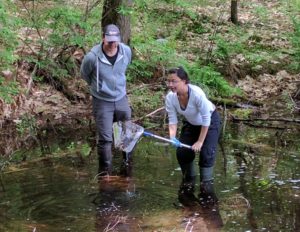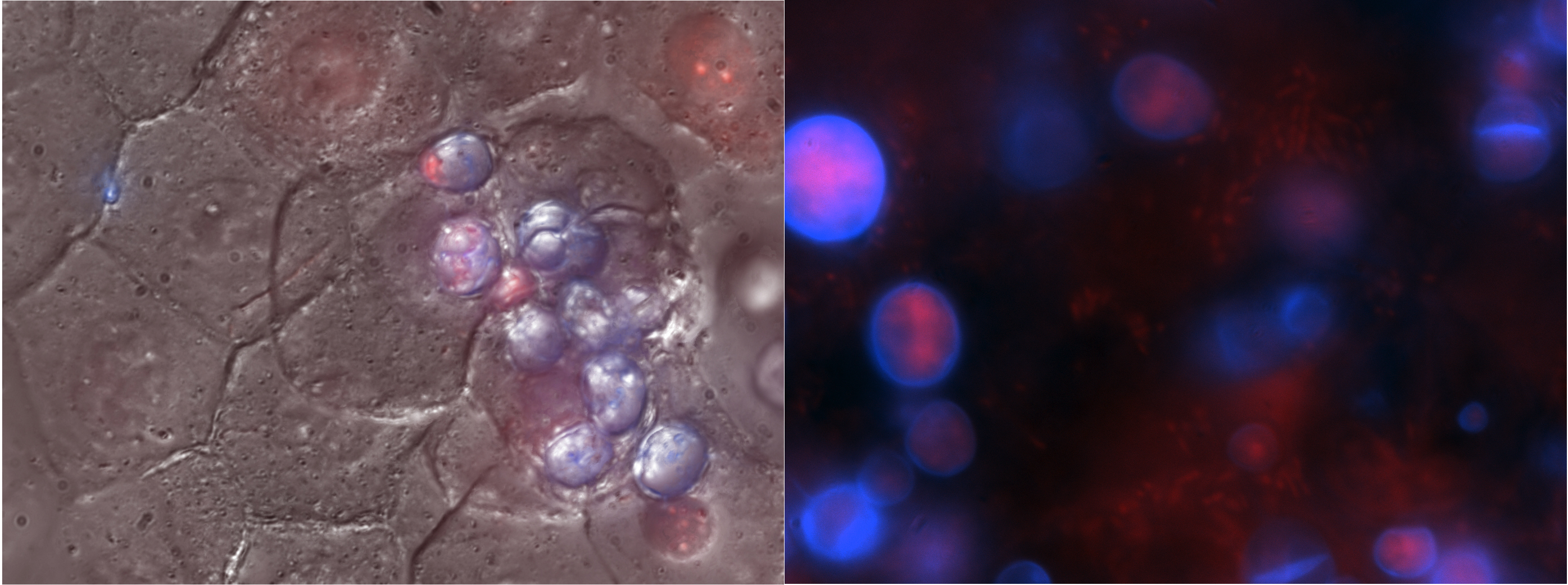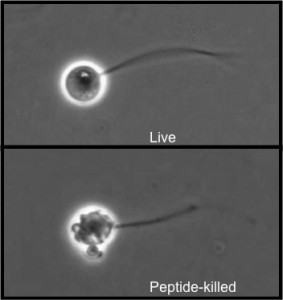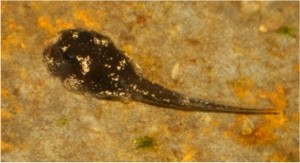 Research
Research
We study mechanisms of resilience to disease at the scales of individual, population and landscape. Our research vision is to advance probiotic strategies to mitigate the effects of chytridiomycosis on wild amphibian populations, and to reduce the risk of arbovirus transmission by mosquitoes. We study the immunological ecology of infectious disease, and the evolution of symbiotic microbiota. This includes aspects of host-symbiont-pathogen biology, environmental physiology, and conservation medicine. Development of novel biotherapies to stabilize beneficial microbial communities is one application linking ecology to public health.
Read the complete list of Woodhams Lab Publications
“I really miss all the lab members and the environment of the lab. It was really a fun learning experience. Every day I learned something new!! Now I look for similar traits in the lab I am rotating in! Thank you for creating such a mentee-friendly lab and being an exemplary mentor!!” -2022 research student
Current Projects:
Developing germ-free and gnotobiotic tadpoles.
Studies of germ-free animals provide considerable insight into host-microbe interactions including disease during early development, assembly of microbiota and host functional responses. By generating and raising tadpoles with specific microbiota, we will be able to test a number of hypotheses regarding the role of amphibian microbiota in host development, historical contingency in microbial community assembly, and more specifically, the activation of host immune responses and microbial antibiotic metabolites. By what mechanisms do skin microbiota act to increase resistance to the emerging fungal disease, chytridiomycosis?
A course-based undergraduate research experience (CURE) mentored by graduate students (BIOL 358) integrates teaching with research in disease and microbial ecology. Projects include creative and high-reward investigations such as CRISPR gene-knockouts in Xenopus embryos to study factors of importance for amphibian microbiome assembly. Methods are described in Martin et al. (2020).
 Batrachochytrium dendrobatidis (Bd), an emerging fungal pathogen infecting amphibian skin cells (left)
Batrachochytrium dendrobatidis (Bd), an emerging fungal pathogen infecting amphibian skin cells (left)
interacts with host defenses and microbiota (right; Bd stained purple, bacteria stained red). Click to see full size.
Amphibian Mucosal Defenses against an Emerging Fungal Disease: Testing for Selection in Recovering Species.
Amphibian populations in Panama are showing the first signs of recovery from a panzootic disease caused by the fungus Batrachochytrium dendrobatidis (Bd). Populations are developing distinct evolutionary solutions permitting coexistence with the pathogen. One mechanism of host adaptation is selection for more effective skin peptide defenses. A related mechanism is selection on mucosal microbiota including increased prevalence of bacteria with antifungal capacity. Investigating potential adaptations of amphibian immunity to the introduced chytrid fungus in long-term field studies in Panama is one aim of our research. Are changes in host immunity, including the extended immunity provided by microbiota, phenotypically plastic responses, or is selection occurring at a rapid pace with the pressure from an emerging disease? Several outstanding evolutionary ecology questions include how host genetics are linked to expression of innate immune defenses of the skin and how this in turn is related to the establishment of protective microbial communities. Are symbiotic microbial communities heritable/transmitted vertically? Once established, how do environmental perturbations such as climate variability, pollutants, and introduced parasites including the chytrid fungus impact the host-microbiota interaction? Panama is at the front of an epidemic wave so it is a critical place to work on these questions and to put some wildlife disease management strategies to the test.
Video of Panama rocket frogs calling at Altas de Campana, Panama.
 Infectious zoospores of Batrachochytrium dendrobatidis can be killed
Infectious zoospores of Batrachochytrium dendrobatidis can be killed
by antimicrobial peptides secreted from amphibian skin.
Daum et al. (2012) Infection, Genetics and Evolution. Click to see full size.
Apply treatments to captive-reared tadpoles to increase mucosme function against Bd before reintroductions
Amphibian extinctions are an increasing conservation concern, and threat abatement plans address emerging disease as a major contributing factor. A key action step is to develop treatments for captive-reared frogs to strengthen immunological defenses in anticipation of reintroduction. One critically endangered species, extinct in the wild but breeding in captive assurance colonies is the Panama Golden Frog, Atelopus zeteki. Reintroduction is planned for the near future once disease susceptibility is addressed. Immunization may have immediate benefits for head starting reintroduced populations. Beneficial microbiota could be transmitted across generations, and preliminary results suggest that early developmental stages should be targeted in order to shape microbiota for long-term beneficial effects that persist through metamorphosis and increase survival of frogs.
 Atelopus limosus tadpole.
Atelopus limosus tadpole.
Photo: Brian Gratwicke.
Predicting responses of symbiotic microbiota to disturbance.
Microbiota can extend host immunity and is thus important in maintaining health, but responses to disturbance are not well understood. Disturbance of aquatic environments at different times throughout development in amphibian or mosquito hosts can lead to permanent changes in microbial community structure and function, including disease resistance, or the microbiota may be resilient or resistant to environmental change. Is microbiota able to persist through metamorphosis and how does it influence immune capacity against pathogens later in development? These studies can be done locally with field studies and outdoor mesocosms and provide excellent short-term student projects. An applied aspect of these studies, which makes them attractive to students, is the development of biotherapies to prevent infection, or applied as a remedial treatment to restore health or reduce disease transmission risk. This is similar to the use of probiotics in human and veterinary health as an alternative to traditional antibiotics. Can we restore microbial ecosystems on hosts, or can we stabilize beneficial microbiota? Amphibians and mosquitoes make useful model organisms because aquatic environmental conditions can be easily manipulated, they are easy to sample non-invasively, and they are a high priority for conservation (amphibians) or for disease mitigation applications (mosquitoes).